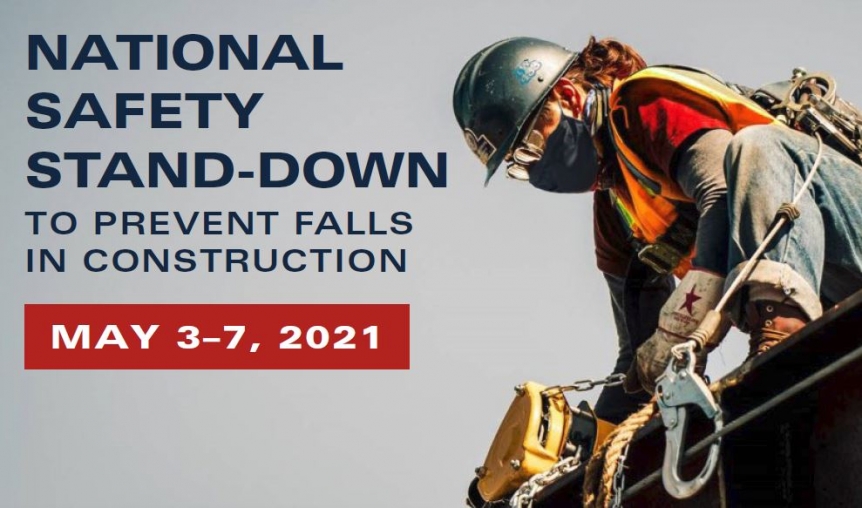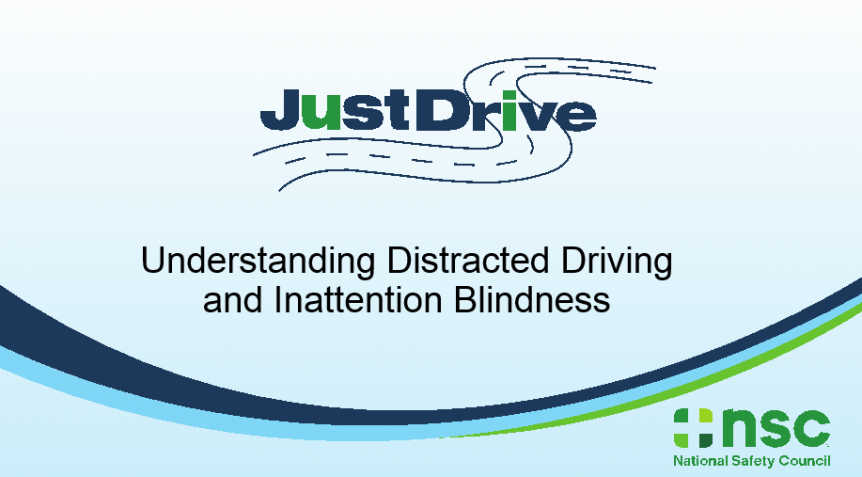By Gina Ekstam for AssuredPartners.com Imagine a scenario where an employee uses machinery without proper training, or a worker almost slips in a puddle of water caused by leaking equipment. No one is injured, but someone could have been. These near misses are just two examples of the many incidents that occur every day in the workplace that could result in serious injury or damage. OSHA refers to these near misses as “Close Calls,” which means “an incident that could have caused serious injury or illness but did not.” Near miss incidents may not cause immediate harm, but they can precede events in which an injury or loss could occur. Implementing a miss reporting system allows safety managers to capture …
Guidelines for Opening a Pool for the Summer
By Brad Hagey for AssuredPartners.com With springtime in the air, now is the time to start thinking about opening your pool for the summer season. Most owners and operators consider opening pools when the temperature is consistently above 70 degrees during the day. Whether you plan to open the pool with your staff, or you hire a contractor, now is the time to start getting prepared. Tell me more>>>
Six Components of an Effective Return-to-Work Program
By Tara Crisp-Schwartz for AssuredPartners.com One of the first steps in evaluating your current Workers’ Compensation and Return-to-Work (RTW) program is reviewing and revising current job descriptions to ensure they are EEOC and ADA-compliant. Once this task is complete, you can pre-plan for your return-to-work program. Why pre-plan? If you have not had a clear, concise discussion with your management team on RTW, you may get delayed when it comes time to implement the program for your injured worker. Read the six steps>>>
Prevent Falls in Construction: National Safety Stand-Down
The Occupational Safety and Health Administration (OSHA) has designated May 3 – 7, 2021 as the National Safety Stand-Down to prevent falls in construction. Fatalities caused by falls from elevation continue to be a leading cause of death for construction employees, accounting for 401 of the 1,061 construction fatalities recorded in 2019 (BLS data). Those deaths were preventable. The National Safety Stand-Down raises fall hazard awareness across the country in an effort to stop fall fatalities and injuries. What is a safety stand-down? A Safety Stand-Down is a voluntary event for employers to talk directly to employees about safety. Any workplace can hold a stand-down by taking a break to focus on “Fall Hazards” and reinforcing the importance of “Fall …
How the Long-term Staying Power of COVID-19 is Impacting Workers’ Compensation
By Autumn Demberger for Risk&Insurance.com The coronavirus pandemic may have a vaccine, but that does not mean it’s been eradicated. Now is the time for workers’ comp professionals to recognize what the impacts of the virus could be moving forward. For the workers’ compensation industry, the time to adjust had to happen quickly and effectively. The first COVID-19 cases were confirmed in the United States early in 2020, and professionals in workers’ comp did not hesitate to act. In June 2020, myMatrixx first addressed this topic, diving into how best to address clients’ needs in very challenging times. As the virus continues to be a long-term concern, Hollie Lamboy, senior vice president, product development at myMatrixx, reflects on what that …
Adequately Documenting Refusal of Care
By Cathy Knopf, BSN, RN for AssuredPartners.com The law requires senior living communities to “promote and protect the rights of each resident” and places a strong emphasis on individual dignity and self-determination. These rights include the right to refuse treatment or services. Healthcare staff are placed in a precarious position when the resident exercises this right. They are tasked with honoring the resident’s wishes while still providing other care that allows him / her to attain or maintain his or her highest practicable physical, mental, and psychosocial well-being. For example, healthcare staff would still be expected to provide appropriate measures for pressure injury prevention, even if a resident has refused food and fluids and is nearing death. It is important …
Stand by for Turbulence
By Jared Shelly for Risk&Insurance.com A deadly virus and unruly passengers have shaken aviation safety. Crew members are bearing the brunt of a new wave of passenger harassment while the dangers of contracting COVID-19 are ever present. “Flight attendants have become the mask police,” said Nicole, whose real name is being withheld because she’s not permitted to speak publicly. “My number one job is not to serve drinks. It’s to keep people safe. But it became exhausting.” And, it’s not just impacting aviation. Insurance implications Unlike other industries, “there are no COVID-19 exclusions in aviation liability insurance,” said Brad Meinhardt, area executive vice president and managing director of aviation at Arthur J. Gallagher, “but such exclusions have started to appear …
Operating UAVs in Agriculture
By Gina Ekstam for AssuredPartners.com The use of unmanned aircraft vehicles (UAVs) in agriculture continues to grow as a way to improve efficiencies and control costs. From monitoring or spraying crops to managing livestock to irrigation mapping, UAVs (or drones) are allowing farmers to make informed decisions and take action based on real-time data. The FAA requires anyone flying a drone weighing less than 55 pounds for commercial or educational use to be certified. Further, the drone must be registered through the FAA Drone Zone website. The first step is getting familiar with the rules outlined in the Part 107 regulations. Click to read more>>>
April is Distracted Driving Awareness Month
The National Safety Council (NSC) is America’s leading nonprofit safety advocate, focused on eliminating the leading causes of preventable injuries and deaths. One of their initiatives is designating April as Distracted Driving Awareness Month. It’s easy to participate: Commit to driving distraction-free by taking the NSC Just Drive Pledge: More than 700 people are injured in distracted driving crashes each day. Encourage all employees and their family members to take the NSC pledge to drive distraction-free. Take the Pledge. Use the 5-minute Safety Talk and presentation: Kick off a meeting with a safety talk and / or PowerPoint presentation to help educate co-workers about the risks of inattention blindness. Grab a blindfold to really drive this point home. Display awareness …
Senior Living: Reducing Fall Risks for New Admissions
By Peggy Morrison, MSN, RN, BC, CEAL, WCC, QCP for AssuredPartners.com According to the CDC, 3,000,000 older people are treated in emergency departments each year for fall-related injuries. The consequences of falling can range from minor bumps and bruises to major trauma, including fractures (especially of the hip), and brain injuries. Severe injuries from a fall can be life-threatening; an estimated 27,000 older individuals die every year as a direct consequence of or from complications following a fall. Residents are often admitted to senior living care settings as the result of a fall that has occurred in their home or their community. However, admission to a senior living environment also presents its own unique risk for falls for a variety …










